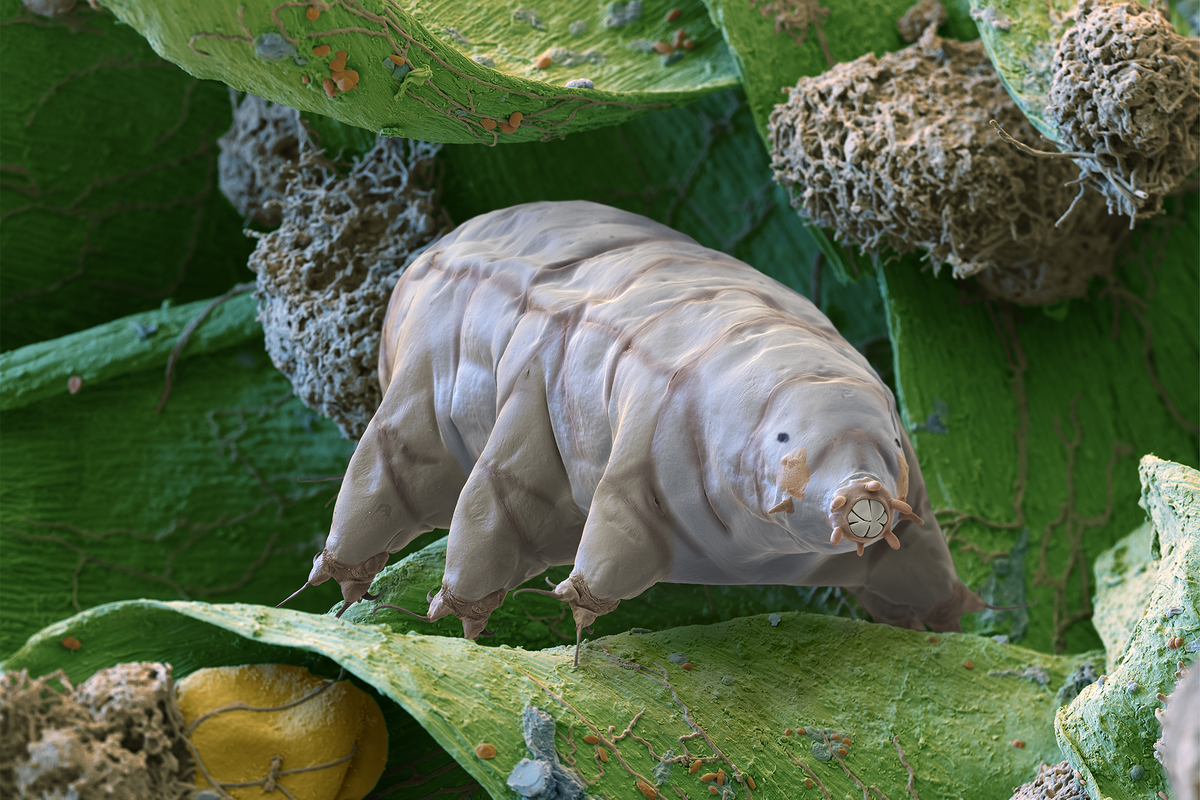Tardigrades are microscopic animals that can survive a host of conditions that are too extreme to ever occur on Earth—and scientists want to learn their secrets
Tiny tardigrades have three claims to fame: their charmingly pudgy appearance, delightful common names (water bear and moss piglet) and stunning resilience in the face of threats ranging from the vacuum of space to temperatures near absolute zero.
Now scientists have identified a key mechanism contributing to tardigrades’ resilience—a molecular switch of sorts that triggers a hardy dormant state of being. The researchers hope that the new work, published on January 17 in the journal PLOS ONE, will encourage further exploration of the microscopic creatures’ ability to withstand extreme conditions.
“It’s opened up a whole huge repertoire of experiments we can now pursue,” says Leslie Hicks, a chemist at the University of North Carolina at Chapel Hill and a co-author of the study.



I think it goes a bit beyond that as well. Other organisms could, in theory, take some of the same measures the tardigrade takes to make itself hardier. It’s possible that we don’t see this all over the place because the chemical signalling is a requirement of the tun state. Without it, they’re basically just dead. Without a signal to return to normal life, they’ll stay like that forever. Furthermore, without the signal, they might have to rely on some other, less reliable mechanism, to enter the tun state to start with.
A signaling system that provides its cells with reliable information about environmental conditions is critical.
I think we might even find that the signaling system came first, and that nature selected for tardigrades that had some way to do something with the signal.